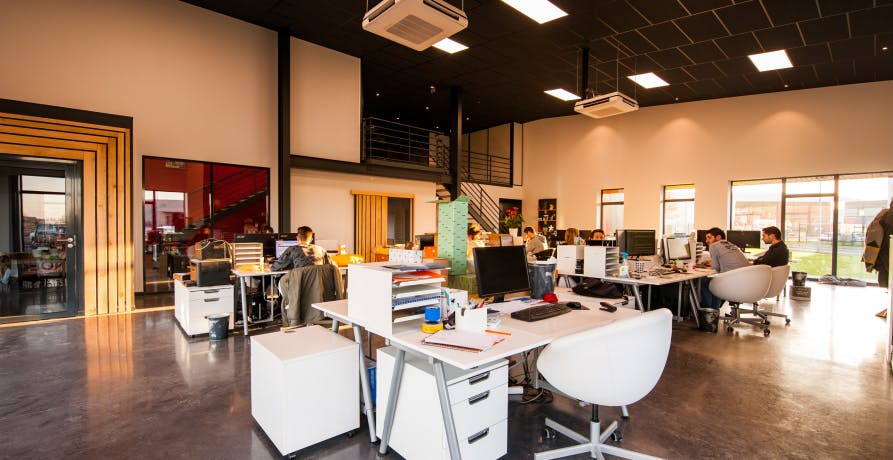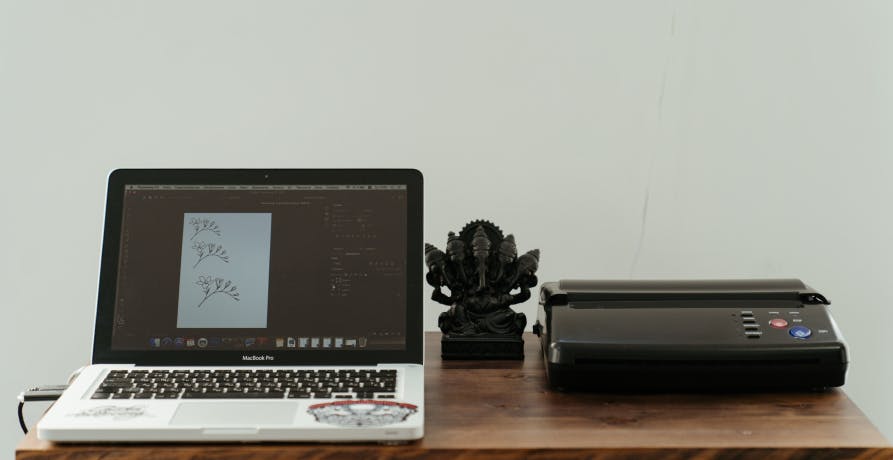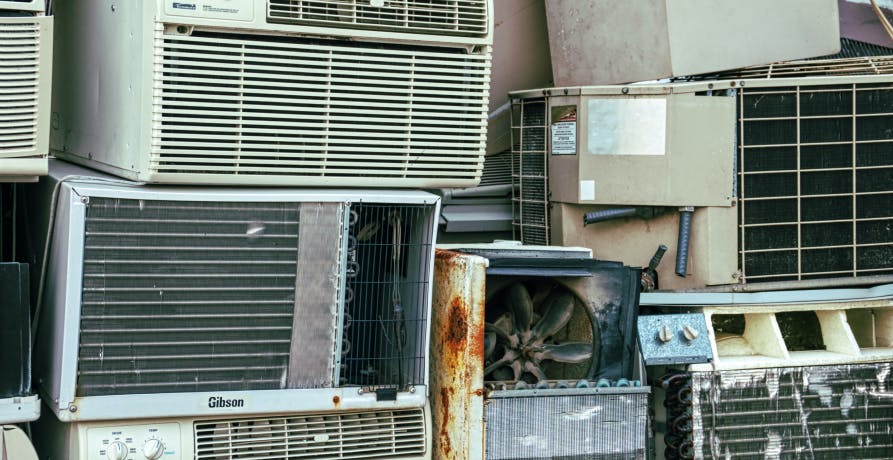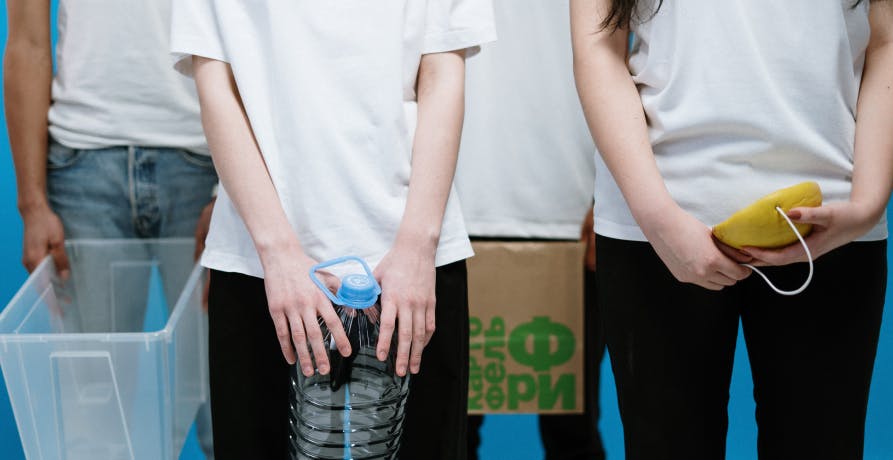
Impacts, Risks, and Opportunities (IRO) for CSRD Reporting
In this article, we’ll break down what IROs are, how to identify and assess them, and what CSRD requires in terms of disclosure.
ESG / CSR
Industries



Businesses across the board are becoming more environmentally aware and sustainable business practices are now commonplace. So, there’s never been a better time to transform your office into a green workspace. Plus, not only will it help the environment, but it could end up saving your business money - it’s win-win!
👉In this article we’ll explore the simple practices you can adopt to transform your office into a green workspace.
Not only will you see a direct cost benefit from reduced spending, adopting green practices can also help your brand identity. By adopting green practices you will be demonstrating to your customers that you’re taking your environmental footprint seriously. Both customers and potential business partners want to engage with companies who are taking their environmental impact seriously. More and more we’ll see that the success of a company is strongly tied to its decarbonisation practices.
👉 So how exactly can you make changes to your own office? Below we’ll outline ten easy green practices that you can adopt without much effort and still make a noticeable difference:
By creating a sustainability team in your office, you’ll be ensuring that there’s a dedicated group of people who are working to push green initiatives, to implement the changes and to monitor the progress of your company’s green practices.
The types of initiatives that they could implement are endless, but a few good examples of projects they could adopt include: designing and rolling out a recycling program, providing recommendations when it comes to purchasing energy-efficient equipment or cleaning supplies, or pushing learning initiatives across the organisation to educate your employees.
Creating a sustainability team is one of the most effective ways to implement green practices across the company - it's been proven that employees engaging with one another is a much more effective method than top down instructions from the big bosses. So if you’re serious about making your office more sustainable, this is one of the best ways to ensure that the green practices are successful.

If you want your green practices to succeed, the best way to achieve that is to motivate and engage your employees. And one of the best ways to do this is to create office wide green challenges.
Examples of successful green challenges that offices have adopted include bike to work days (or weeks), plastic pledges where employees pledge not to use plastic for a month, or eat vegetarian challenges where employees give up eating meat for a certain period of time. These are just a few examples, the possibilities are only limited by your imagination - or if you have an office sustainability team, by their imagination!
If you really want to motivate and engage your staff why not make it a competition. You could have a leaderboard for the most ‘green employee’ or split your office into teams so that colleagues are holding their team members accountable. There could even be prizes on offer for the winner - this can be something simple like a coffee voucher for example.

A strict everything-off overnight rule can cut down on your energy consumption as well as your bill at the end of the month. It really is as simple as asking your employees to switch off any equipment at the main plug, and turning off the heating and electricity once everyone is out of the building.
Or, you could go one step further and eliminate phantom power with programmable power strips. Phantom power is power that is used (and wasted) when an electronic device is plugged into the mains but not actually in use. It can contribute significantly to your energy bill as well as your company’s carbon footprint. However, there are devices called programmable power strips that automatically stop the supply of power to devices during non-working hours.
Another great option that offers a solution to the issue of lights being left on is to install motion-sensors for office lighting. You’ve probably encountered the technology many times and know that they work on a timer. If the sensor doesn’t detect any motion over a certain time period, it automatically turns the light off. This means that you never have to worry about employees forgetting to turn off the office lights at night.

You can opt to carry out an audit of all the existing products used and consumed in your office, or alternatively, you can start to consider sustainable alternatives whenever it’s time to buy new office supplies.
This can cover everything from your electrical equipment, to your coffee bean supplier, to your cleaning supplies (and everything else in between). By either replacing inefficient or non-sustainable materials, or alternatively, looking to purchase sustainable alternatives going forward, you can ensure that your office is minimising its waste and reducing the negative effect it has on the environment.
A few examples of how you can achieve this are:

Covid-19 lockdowns taught a lot of companies that business trips aren’t always really necessary. Video calling and virtual meetings are now commonplace and much more environmentally-friendly alternatives to hopping on that plane to travel halfway across the world for a simple meeting.
Unnecessary business trips are a considerable drain on company resources, employee time, and are a significant contributor to a company’s carbon footprint. So why not cut down on these trips by enacting an ‘essential travel only’ policy at your office.

Adopting a flexible work-from-home policy for your company can majorly decrease your employee’s commuting emissions. The policy can flex to work for your business - for example, perhaps employees can work completely remotely, or maybe the policy allows the employee to work from home for a set number of days a week. Either way it will make a difference to your company’s carbon footprint.
Not only this, but it will help you retain staff and attract new starts. Many employees actively seek out jobs that offer flexible work schedules.

Not only do plants look great, but they can actually improve indoor air quality by purifying the air. Plus, they’re proven to help brighten people’s mood - a little bit of nature can go a long way to brightening your day.
But certain varieties of plants are better than others for an office environment. Some for example have better air-purifying qualities. Others, not only cut down on CO2 levels in an environment, but also purify the air from other chemical compounds such as formaldehyde and ammonia, which can be responsible for eye irritation and headaches.
So what types of plants are best? Well, the list is quite long but experts recommend the following top picks: Snake Plant, Dracaena, Spider Plant, English Ivy, Date Palm, Bamboo Palm, Flamingo Lily, Chinese Evergreen, and the Pathos Plant.
If you can’t pick - why not try out a few varieties. Research suggests that you’ll need to have at least one plant per 10 m2 to benefit from their air-purifying capabilities.

A lot of electronics are made up of useful resources and materials. Just because you don’t have any more use for it in the office doesn’t mean that part of it can’t be salvaged.
Firstly, simply throwing out old electronic devices is bad for the environment - they end up filling up landfill sites. What's more is that some of them contain toxic materials that end up seeping into the environment around us.
The best option - for any electronics that are still in working condition - is to donate them. There are even companies who will take working condition electronics off your hands and refurbish them so that they can be used again. Some organisations then donate these electronics to people in developing countries who otherwise might not be able to have access to them.
If your device is no longer working however, you should opt to recycle them instead of simply throwing them in the garbage. It's easy to do a bit of research to find out what the recycling options are in your local area.

A lot of modern workspaces are notoriously over air conditioned in the summer months - it might be hot outside, but when you get to work you feel like you need a sweater.
By making a tiny change to your building's AC setting and allowing the air conditioning to kick in at just one or two degrees higher, you can make a huge difference to your office’s carbon footprint and energy bill. Plus your employees will barely notice the difference.
Another way to cut down on the need for air conditioning is to install window film that blocks out the heat. Heat-blocking window film is a great technology that can significantly reduce your need for air conditioning. The thin, transparent film is barely noticeable but works hard to reflect the sun's heat, preventing it from heating up your office. Even better is that it's cheap and easy to apply.

Most offices already recycle their paper and plastics, but you can go even further by expanding to other materials.
You’ll also want to make recycling as easy and painless for your employees as possible. This means having plenty of recycling points that are well sign posted so that employees know what to do and where to recycle their different items. It’s also helpful to send round the occasional email reminder, or perhaps even a little video explaining exactly what to do.

These are just a few ideas for green practices that you can easily implement in your office to get your started, but they’re by no means exhaustive. There are lots of great ideas out there for sustainable office practices!
With sustainability on everyone's mind, and consumers and employees who actively seek out businesses who are doing their part for the environment, you’ll be losing out if you don’t start to implement green practices at your office.
At Greenly we can help you to assess your company’s carbon footprint, and then give you the tools you need to cut down on emissions. Why not request a free demo with one of our experts - no obligation or commitment required.
If reading this article has inspired you to consider your company’s own carbon footprint, Greenly can help. Learn more about Greenly’s carbon management platform here.